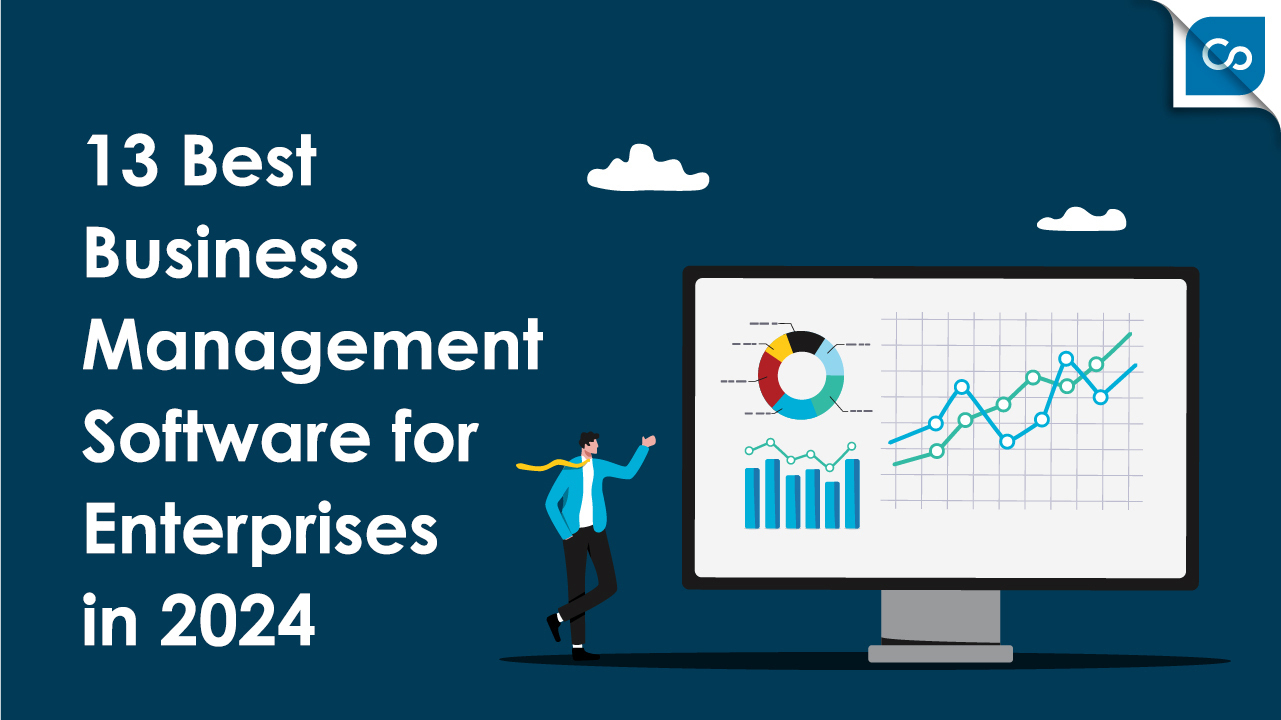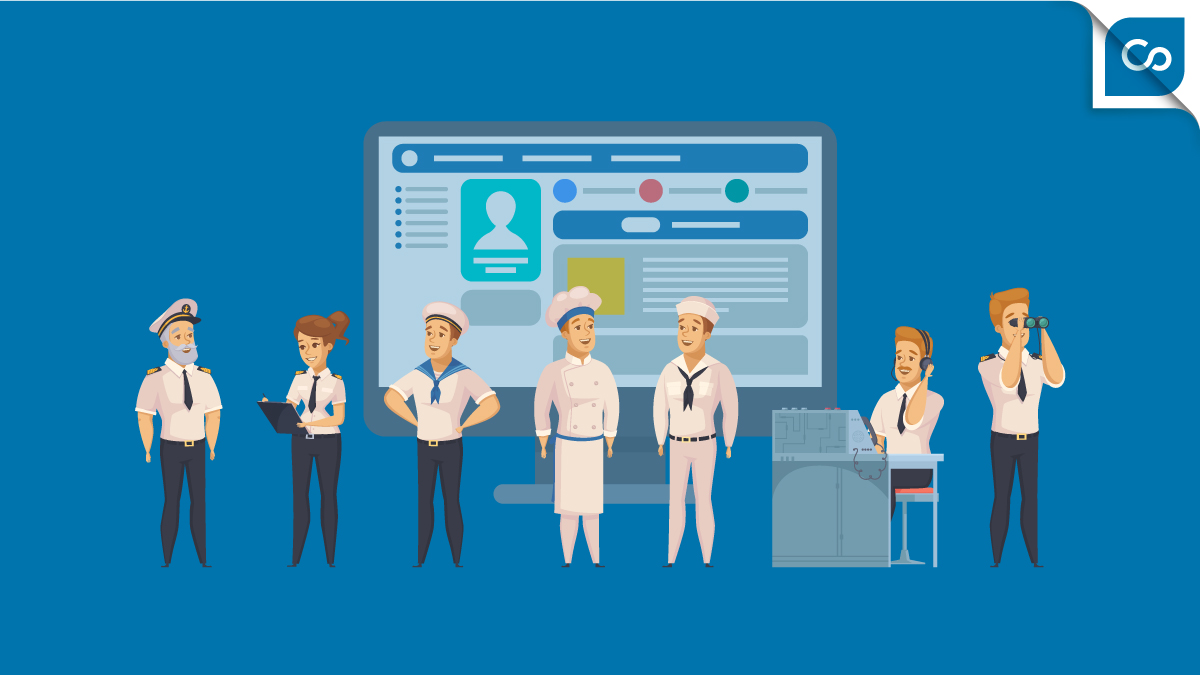No leader wants to think about all the ways in which their businesses might be disrupted but, as the saying goes, failing to plan is akin to planning to fail. Disasters can strike at any moment and without warning, and long-term disruptions can drag on for much longer than anyone may have anticipated. From natural catastrophes to lasting disruption due to far-reaching changes in the market, the best approach to mitigation is a rock-solid business continuity plan.
What is business continuity planning?
A business continuity plan details the procedures and systems in place to mitigate the effects of a disruption. The goal of such a plan is to quickly resume operations in the wake of a disaster and keep them running as best as possible until the disruption has been completely resolved. Disruptions may themselves be caused by either a man-made event like a data breach or ransomware attack, or by a natural disaster like a flood or pandemic.
Business continuity planning is often confused with disaster recovery planning. However, the latter addresses the immediacy of a sudden disruptive event, and typically focusses primarily on IT infrastructure and related operations. As such, disaster recovery, or DR, is merely one of the components of continuity planning. By contrast, business continuity explores the bigger picture of the continuity of business operations over the short, medium, and long term. After all, as we have experienced recently, some disruptions can carry on for months or even years.
The unfortunate truth is that most companies lack a comprehensive business continuity plan. There is far more to the process than simply having data backup procedures in place and a few numbers to call. A true business continuity plan should, ideally, facilitate the seamless migration from crisis-management mode to normal operations. At the very least, a plan should incorporate the following elements to ensure it will keep your business up and running through practically any eventuality:
1. Risk assessment
Completing a risk assessment is the first stage in developing any business continuity plan. A risk assessment identifies the risks facing your organisation, along with the probability of them occurring. Of course, most disasters, including data breaches and natural catastrophes, can target any organisation.
That said, they can do so in different ways. For example, companies that operate on an entirely remote basis have a very different risk environment to those that primarily operate out of a conventional office or other premises. It is essential to consider every possible factor that could put your business at risk, before evaluating the likelihood of that risk.
2. Business impact analysis
The next stage of continuity planning is to perform a business impact analysis (BIA). This will serve as a conclusion to your risk assessment and form the foundation of your continuity plan. Your BIA must identify all the processes that are important to your organization and how your business might fare if they were disrupted. During this stage, it is also important to determine how long your business could survive without being able to perform a particular function. This will help you prioritise your remediation efforts and determine the maximum amount of time it should take to restore normal operations before suffering irreparable damage.
3. Disaster recovery plan
Disaster recovery planning is a component of continuity planning that deals with the recovery of mission-critical assets and operations that have been rendered unworkable or unable to continue as normal. Since almost all organisations rely heavily on IT, this tends to be the main focus of disaster recovery planning.
When focusing on data and IT operations, all DR plans should be based on two key metrics – your recovery point objective (RPO) and recovery time objective (RTO). These parameters define how much data you can afford to lose and the maximum amount of time it should take to recover said data or operations respectively.
4. Crisis communications
Effective crisis communications make all the difference between a panicked and organised emergency response procedure. Crisis communications should encompass telecoms, email, public announcements, audio and video conferencing, and any relevant internal systems. All emergency messaging should by defined in your plan, along with the channels through which you will communicate it. Crisis communications must adhere to regulatory measures as well. For example, legal directives might require you to inform the authorities, or even the general public, in the event of a particularly severe data breach. Moreover, every team member should know exactly who to call in an emergency.
5. Resource scheduling
To mitigate the damage caused by any disruptive event, it is essential that employees have access to the systems and data they need to do their jobs and that customers have access to your services as reliably as possible. This can be difficult, especially in the case of disruptions to supply chains, which is something many companies have suffered from in the pandemic. To mitigate such disruptions, businesses must have backup suppliers for essential resources. In the case of IT systems, resource scheduling is about having redundant systems, ideally where critical data is updated in real-time in the cloud with automatic rollovers in place.
6. Employee training
As people play a central role in any organisation, it stands to reason that they should be central to your continuity planning too. A people-focussed recovery and continuity operation puts the health and safety of your employees and customers first, especially in the case of natural disasters like pandemics. As such, no attempt to save data or other assets should come at the cost of compromising safety. Furthermore, employees should be properly trained in how to handle all disasters in a way that firstly; prioritises safety and wellbeing and, only secondly; minimises any inconvenience or financial and business loss. In other words, employees should be fully aware of their priorities.
7. Testing and refinement
An out-of-date business continuity plan can be worse than not having one at all, especially if it ends up luring you a false sense of security. Business environments change all the time, as do the risks facing them. Employees, including those who might be instrumental in executing your continuity plan, could change jobs, IT environments evolve and change constantly, and new risks emerge regularly. For this reason, you must review, test, and update your plan once or more every year, or after you have made any significant changes to essential operations or staffing.
C-BCM is a business continuity management and disaster recovery planning solution. It is part of the ContinuSys integrated business management system, an all-in-one software suite that enhances productivity and decision-making. Request your demo today to see how it works.


